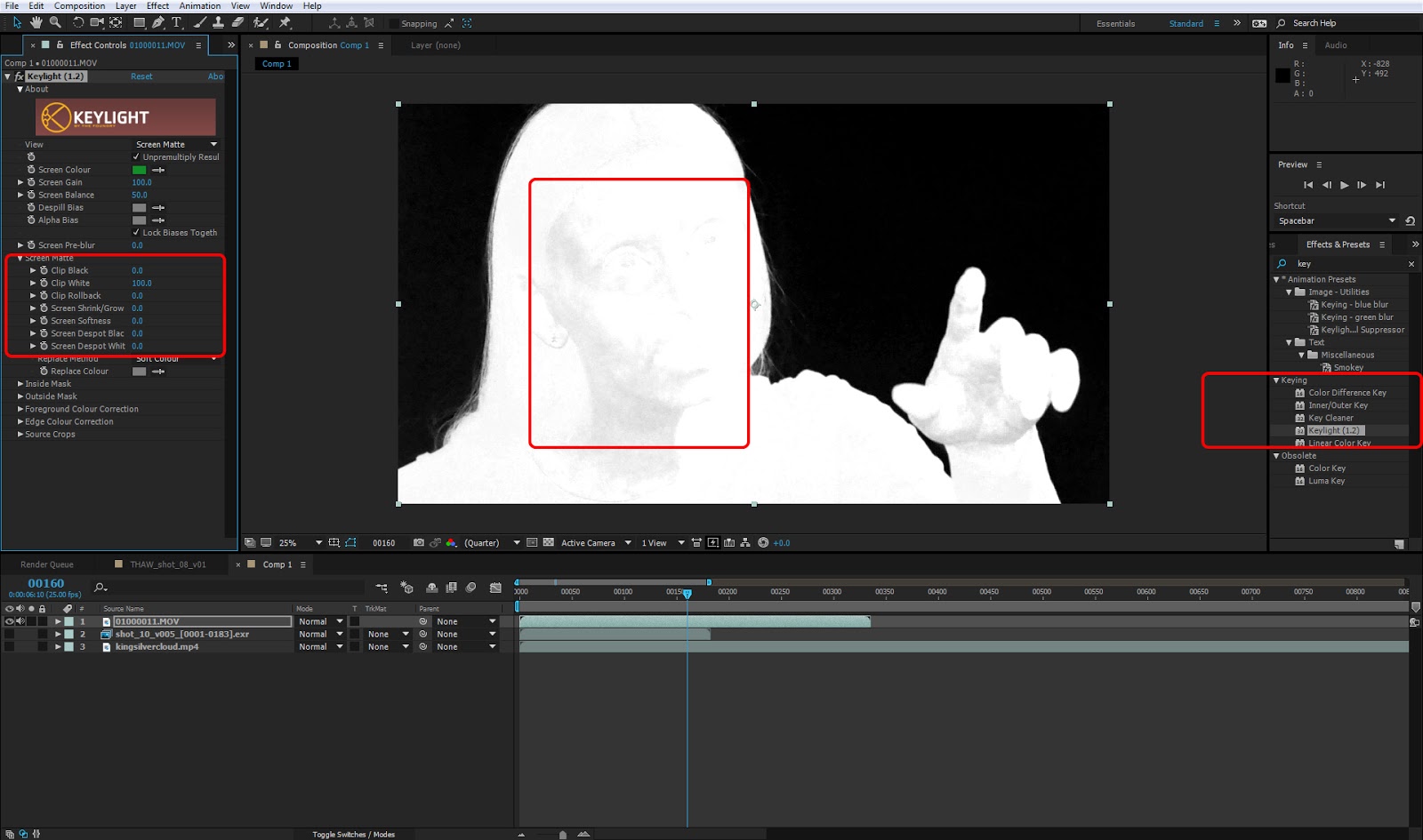

- #KEYLIGHT 1.2 AVOIDING OPACITY SKIN#
- #KEYLIGHT 1.2 AVOIDING OPACITY FULL#
- #KEYLIGHT 1.2 AVOIDING OPACITY PROFESSIONAL#
Occasionally, we may sponsor a contest or drawing. Pearson collects information requested in the survey questions and uses the information to evaluate, support, maintain and improve products, services or sites develop new products and services conduct educational research and for other purposes specified in the survey. Pearson may offer opportunities to provide feedback or participate in surveys, including surveys evaluating Pearson products, services or sites. We use this information to complete transactions, fulfill orders, communicate with individuals placing orders or visiting the online store, and for related purposes. Online Storeįor orders and purchases placed through our online store on this site, we collect order details, name, institution name and address (if applicable), email address, phone number, shipping and billing addresses, credit/debit card information, shipping options and any instructions. We use this information to address the inquiry and respond to the question. To conduct business and deliver products and services, Pearson collects and uses personal information in several ways in connection with this site, including: Questions and Inquiriesįor inquiries and questions, we collect the inquiry or question, together with name, contact details (email address, phone number and mailing address) and any other additional information voluntarily submitted to us through a Contact Us form or an email. Please note that other Pearson websites and online products and services have their own separate privacy policies.

This privacy notice provides an overview of our commitment to privacy and describes how we collect, protect, use and share personal information collected through this site. Pearson Education, Inc., 221 River Street, Hoboken, New Jersey 07030, (Pearson) presents this site to provide information about Adobe Press products and services that can be purchased through this site. This is the name of the game, and the focus of much of this article the key to winning is to isolate edges as much as possible and focus just on them, in order to avoid crunchy, chewy mattes ( see Figure 3). Solo the foreground over the background you choose ( see Figure 2). If the foreground is to be added to a dark scene, a dark shade is okay, but in most cases bright colors better reveal matte problems. Press Ctrl-Shift-B (Mac: Command-Shift-B) and apply a background color such as yellow, red, orange, or purple ( see Figure 1). Use a bright, saturated, contrasting background.(That's the hope, anyhow.) Good Habits and Best Practicesīefore we get into detail about specific keying methods and when to use them, here's some top-level advice to remember when creating any kind of matte:
#KEYLIGHT 1.2 AVOIDING OPACITY SKIN#
It also happens that blue and green are primary colors not dominant in human skin tones, and most foreground elements (costumes and props), while they might be blue or green, tend to be less purely so. The answer is no, although specialized tools such as Keylight work with only the digital primaries red, green, or blue. Novices often wonder if a background must be blue or green to be keyed. The black areas become transparent, the white areas opaque, and the gray areas gradations of semi-opacity the handling of these gray areas typically determines the success or failure of a matte. The purpose of this article is to help you not only with color keying of bluescreen and greenscreen footage, but with all cases in which pixel values (hue, saturation, and/or brightness) stand in for transparency, allowing compositors to separate foreground from background based on color data.Īll of these methods extract luminance information, which is then applied to the alpha channel of a layer (or layers). The process goes by many names: color keying, bluescreening, greenscreening, pulling a matte, color differencing-even chroma keying, a term that really belongs to analog color television, a medium defined by chroma and heavily populated with weather forecasters. (Several contenders are in some form of development.)
#KEYLIGHT 1.2 AVOIDING OPACITY FULL#
As of 2007, the tools to do color keying are more powerful than ever, but the overall process still remains full of pitfalls-which likely won't be overcome until some other means evolves to define precise areas of transparency in foreground footage. and Adobe Press.Ĭolor keying was first devised in the 1950s as a clever means to combine live-action foreground footage and backgrounds that could come from virtually anywhere. Used with permission of Pearson Education, Inc.
#KEYLIGHT 1.2 AVOIDING OPACITY PROFESSIONAL#
This article is adapted from Adobe After Effects CS3 Professional Studio Techniques by Mark Christiansen.


 0 kommentar(er)
0 kommentar(er)
